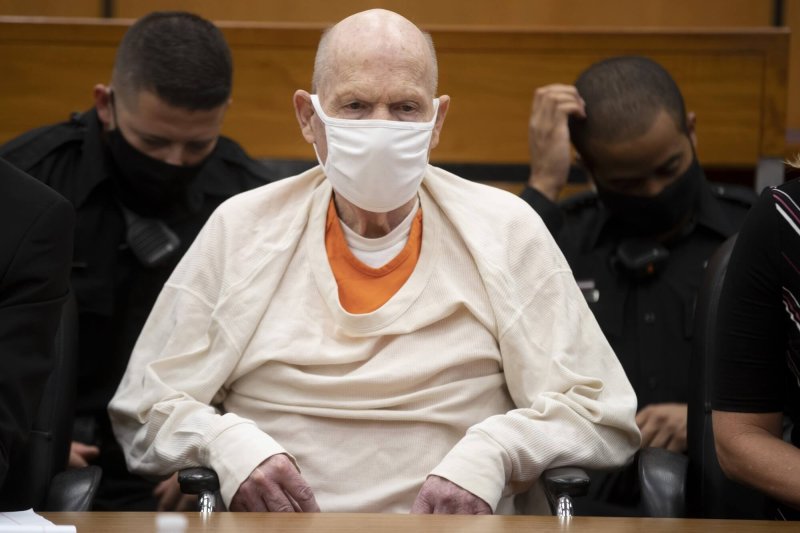The dramatic arrest in 2018 of Joseph James DeAngelo Jr. was all the more astounding because of how detectives said they caught the elusive Golden State Killer — by harnessing genetic technology already in use by millions of consumers to trace their family trees.
But the DNA-matching effort that caught one of America’s most notorious serial killers was more extensive than previously disclosed and involved covert searches of private DNA housed by two for-profit companies despite privacy policies, according to interviews and court discovery records accessed by The Times.
Even before these new revelations, the use of consumer databases to catch this serial killer sparked ethical debates as it unleashed a wave of efforts by other cold-case teams across the U.S. to use similar means to identify violent criminals. As a result, most major consumer genealogical database companies created barriers against law enforcement access, the U.S. Justice Department adopted interim restrictions for the use of such databases, and Maryland considered legislation to limit law enforcement’s use of them.
DeAngelo, 75, pleaded guilty before going to trial. He is serving 26 life sentences in a California prison. And the legality of investigative genealogy, still relatively new, has not faced serious legal challenges.































